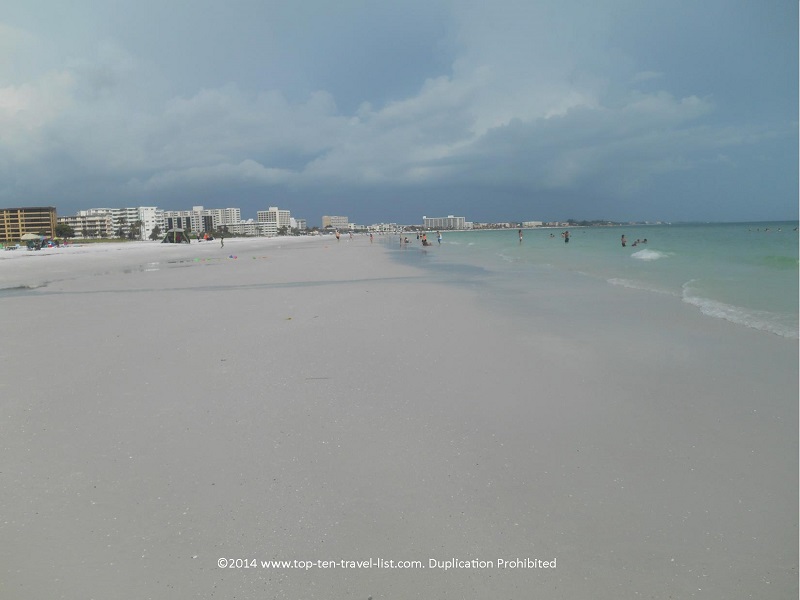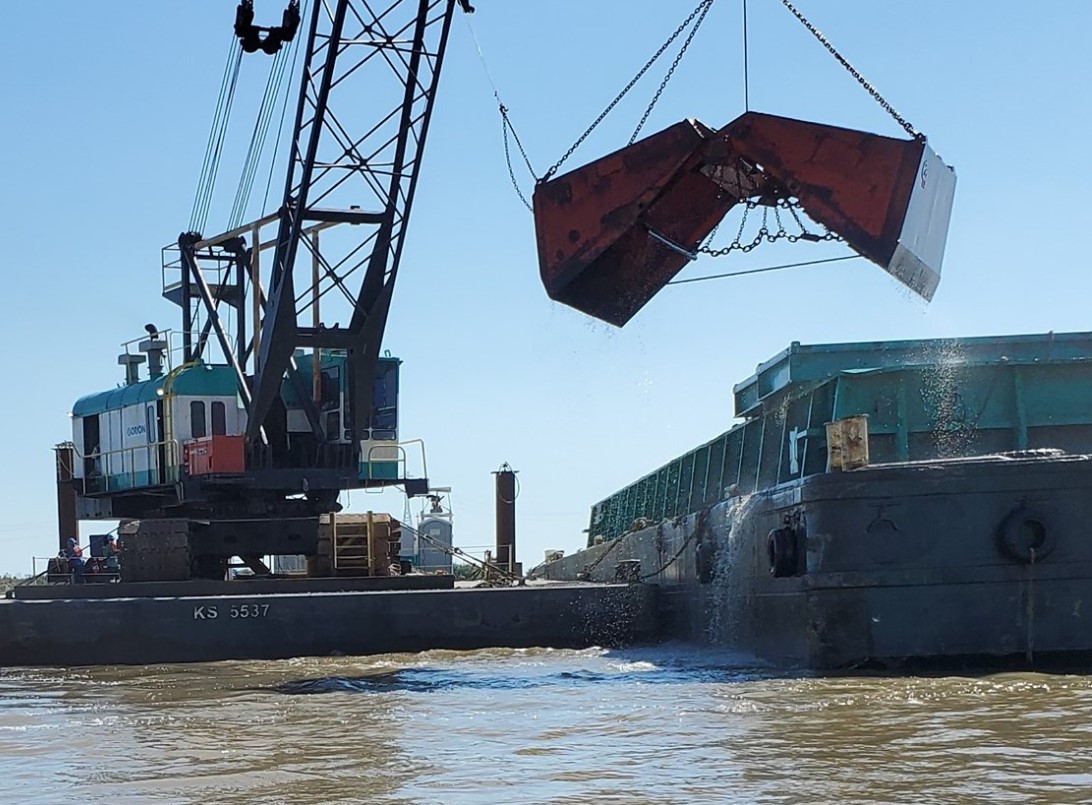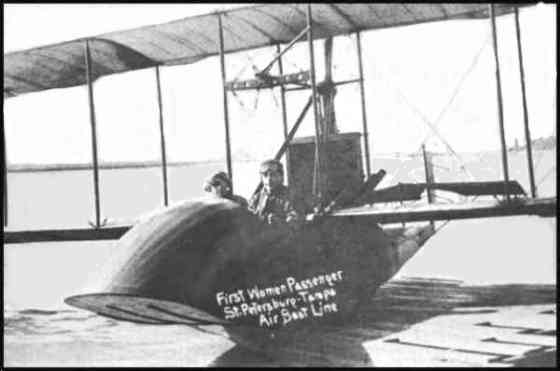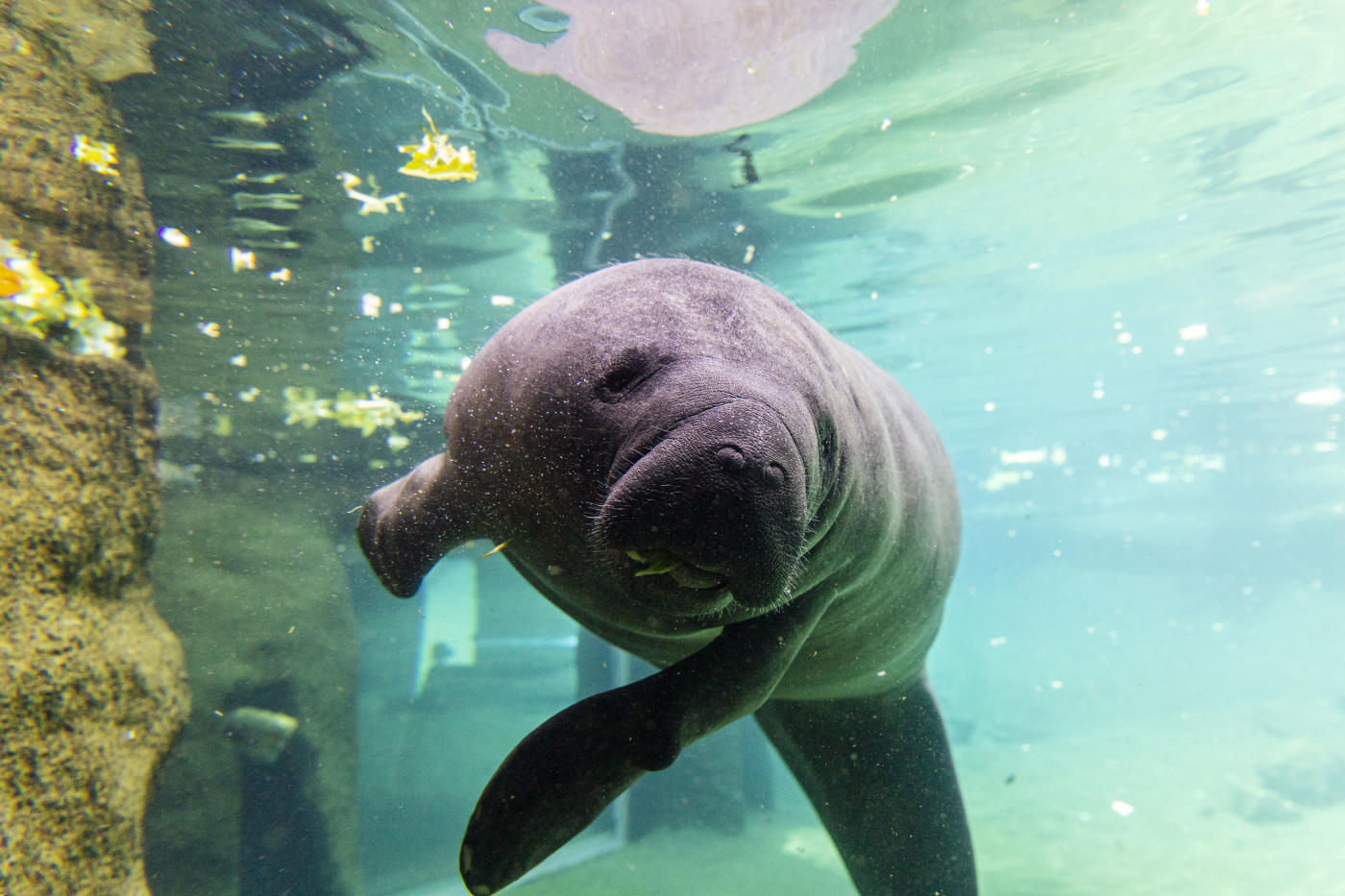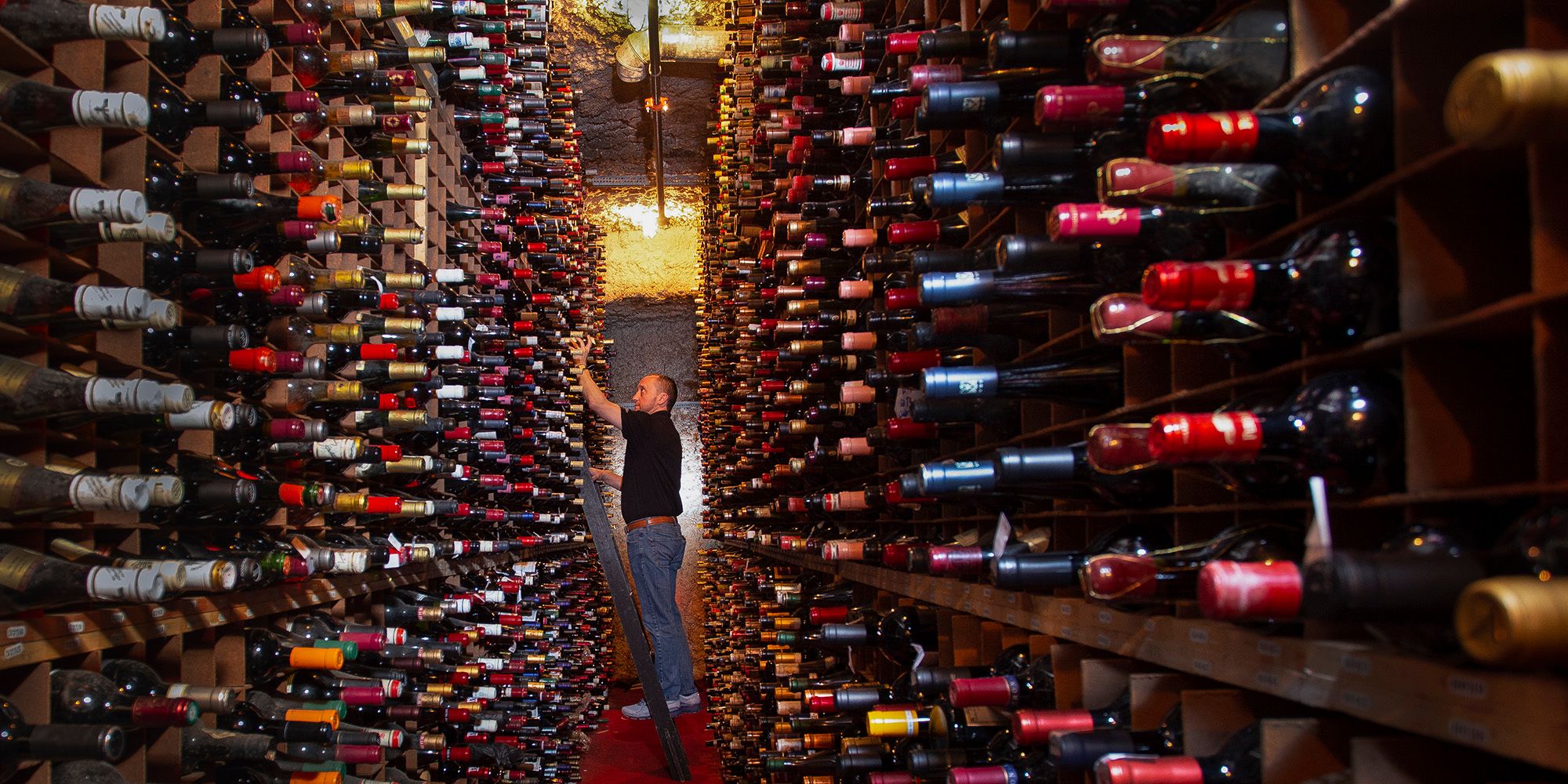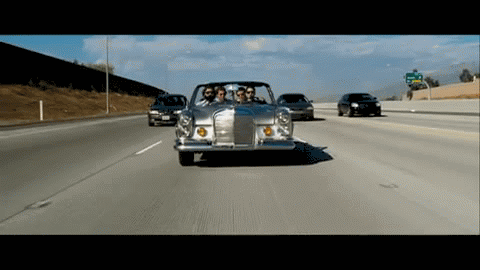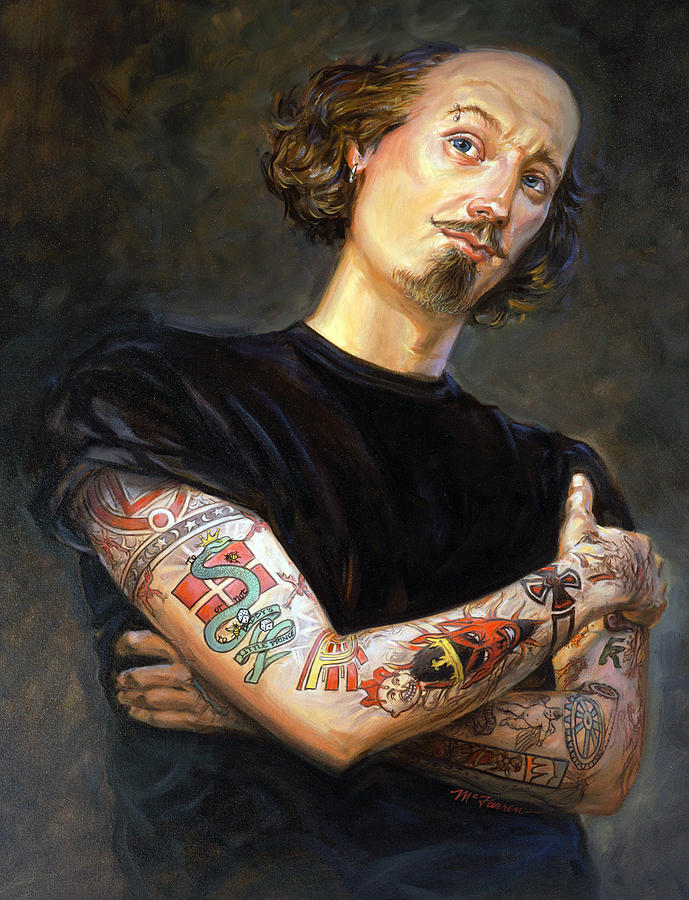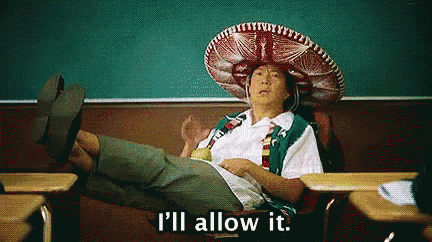The Winnipeg Jets play their second game in two nights in the Sunshine State as they take on the Tampa Bay Lightning at Amalie Arena at 6:00pm. The Jets are coming off of a 5-4 overtime win against Paul Maurice's Florida Panthers and are now 37-26-3 on the season and 3-5-2 in their last ten games. The Lightning also played last night, a 3-1 victory over the Chicago Blackhawks and are 39-21-6 on the year and 3-4-3 in their last ten games. Can our coach's creativity cause KFC to capitalize on Cooper's recent catastrophe or does David's delicate demeanor dictate disaster? Can @GeorgeJETson get justice or does @macmaroon's Mom mock him too? These questions and probably a few more may be answered in tonight's game...
:max_bytes(150000):strip_icc()/GettyImages-697224578-5b0ebad38e1b6e003e9b3036.jpg)
I have never been to Florida, so I know very little about the state and it's cities, so let's explore the Tampa Bay region in the latest instalment of...

Spanish explorer Ponce de Leon first arrived in the Tampa Bay area in 1513, but it wasn't until after the territory became part of the United States in 1845 that the development of the Tampa Bay region began.

Safety Harbor Resort and Spa, the state’s only natural mineral spa resort, is referred to as the place where “healing waters flow.” Since opening in 1925, visitors claim that soaking in the waters have healed various ailments and diseases. Joint and muscle related problems often ease up due to the rich mineral content which includes silica. In 1539 Hernando de Soto discovered these natural mineral waters. He believed them to be the fountain of youth missed by Ponce de Leon. He named these springs “Espiritu Santo Springs” which translates to “Springs of the Holy Spirit.”
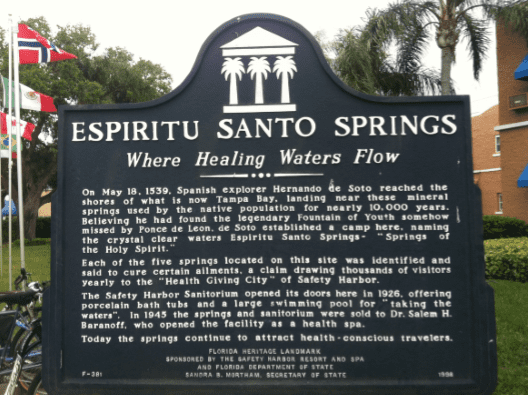
In the 1880s Cuban cigar magnate Vicente Martinez Ybor moved his operations from Key West to a patch of scrub just east of downtown close to the port. Henry B. Plant’s newly arrived railroad carried Ybor’s cigars to market in New York and beyond. Soon Tampa Bay had grown from a tiny town to a major metropolis and became a magnet for Cuban, Spanish, German, Italian and Jewish immigrants. At its peak, Tampa Bay produced 500 million cigars a year, earning the nickname Cigar City. You'll still find Cuban masters rolling hand-made cigars in Ybor City just like they have since that first one in 1886.
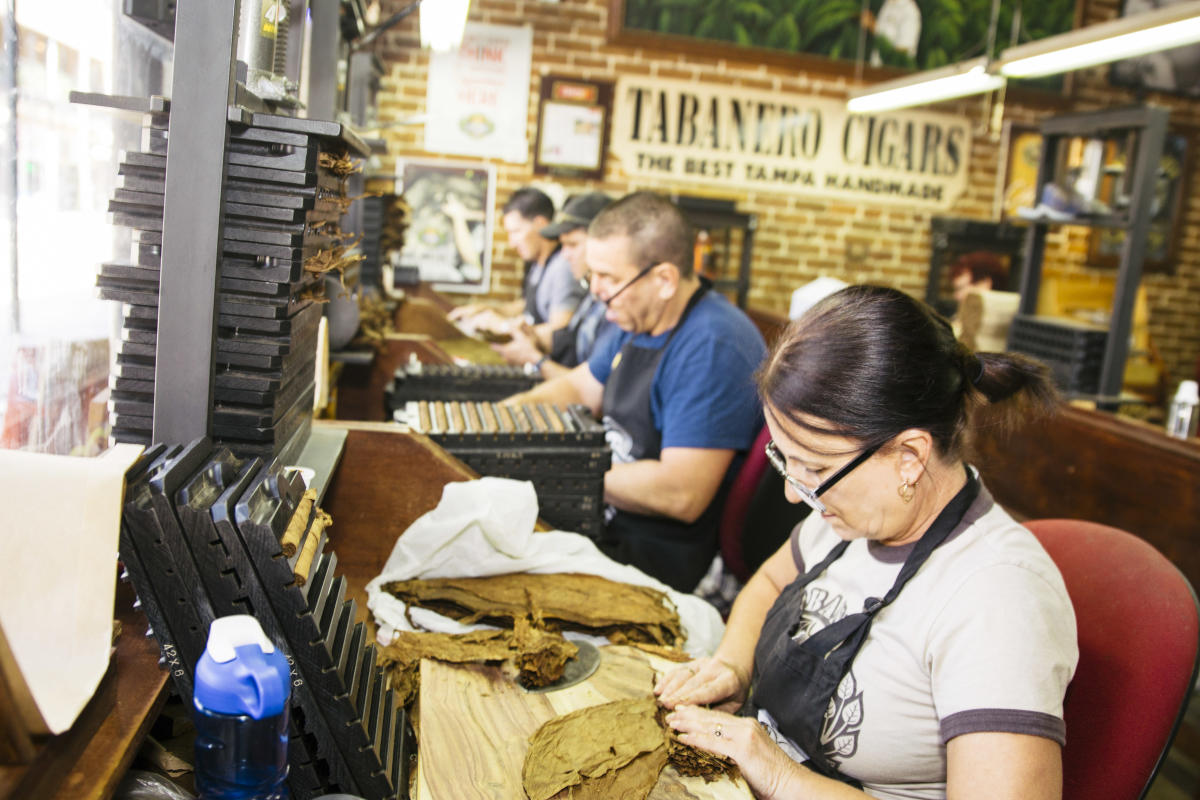
One of the craziest facts about Tampa is that summers here often come with intense storms! For that reason, the city is often referred to as The Lightning Capital of the World. Want to know another peculiar fact? The state of Florida averages 10 deaths annually from lightning strikes. Even more curiously, only 10% of those struck by lightning die.

As the story goes, Hank Ballard, the man who wrote the song Chubby Checker turned into a smash hit, was inspired by seeing African American teen-agers dancing on Central Avenue during its heyday in the 1950s. "The Twist" was the B-side of its record, but quickly became a national sensation when Checker performed it on "American Bandstand." And a dance craze was born. Check out Perry Harvey Sr. Park to learn more. You’ll find a sculpture memorializing Ballard and “The Twist” at the entrance to Perry Harvey Sr. Park.

Pre-fabricated housing started in Ybor City. Ever the efficiency expert, Don Vicente Ybor needed a quick way to house the throngs of cigar workers pouring into Tampa Bay. He ordered small, simple homes ("casitas") that could arrive by train partially built and be assembled in about a week. Workers had the monthly mortgage deducted directly from their pay. You can still see some of the original casitas when you visit the Ybor City Museum State Park.
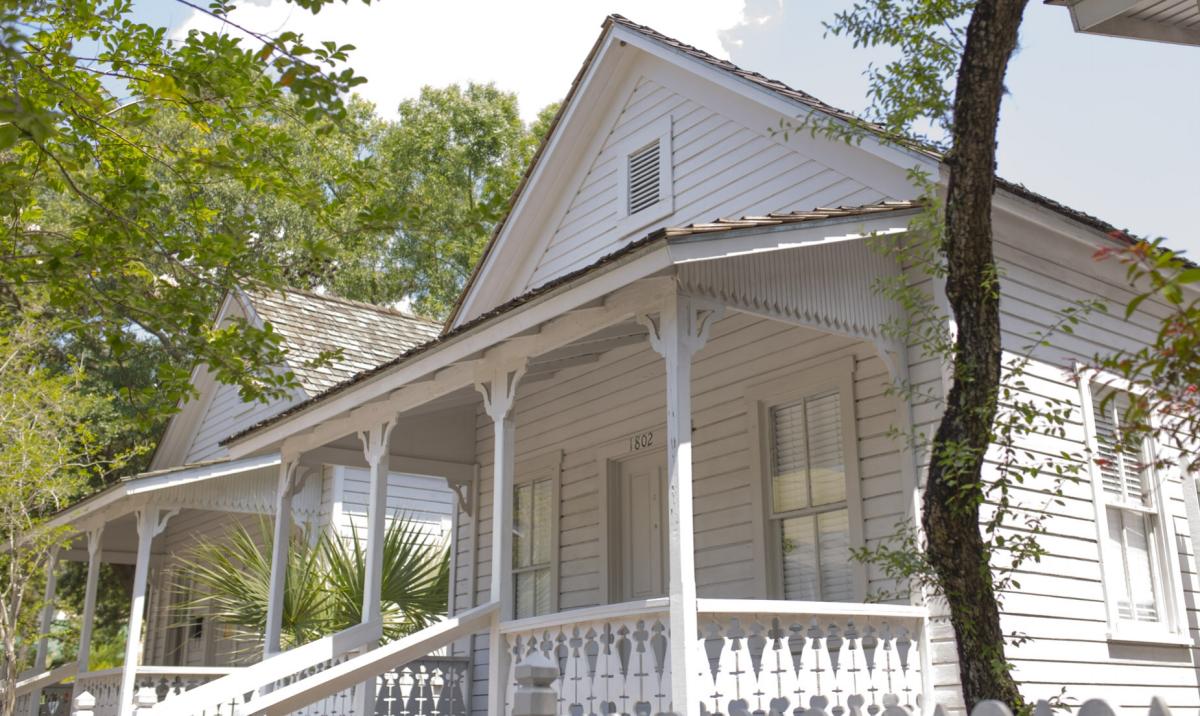
You can visit Cuba without a passport. For more than 50 years, José Martí Park in Ybor City was the only piece of Cuban-owned property in the United States. The park, which is protected by international treaty, still belongs to the Cuban people. Pass through its gates, and you’re standing on Cuban soil. The park commemorates Cuban poet and revolutionary Jose Marti who survived an assassination attempt in Tampa Bay. Marti found both moral and financial support for his rebellion among Tampa Bay's wealthy cigar workers.

The world's biggest pirate invasion happens every January, when the upstanding residents of Tampa Bay go slightly nuts and become pirates for the day. Led by the spirit of mythical pirate José Gaspar, members of Ye Mystic Krewe of Gasparilla sail their three-masted caravel, the José Gasparilla, into downtown, guns blazing. The invaders hustle the mayor for the key to the city and, having received it, launch the third-biggest parade in the country along Tampa Bay's showcase Bayshore Boulevard. The parade kicks off two months of parties, parades and festivals that make up Gasparilla Season.

Step off the TECO Historic Streetcar near Ybor City's Centennial Park, and there's a good chance the first sound to greet your ears will be "cock-a-doodle-doo!" It won't take long to find the source -- wild chickens strutting their stuff in Ybor City's streets and parks. They are the descendants of the flocks kept as backyard egg-layers and Sunday night dinners by generations of Ybor City residents, a direct link back to the earliest days of the neighborhood. Take all the photos you want, but please leave the birds in peace: They're protected by city ordinance.
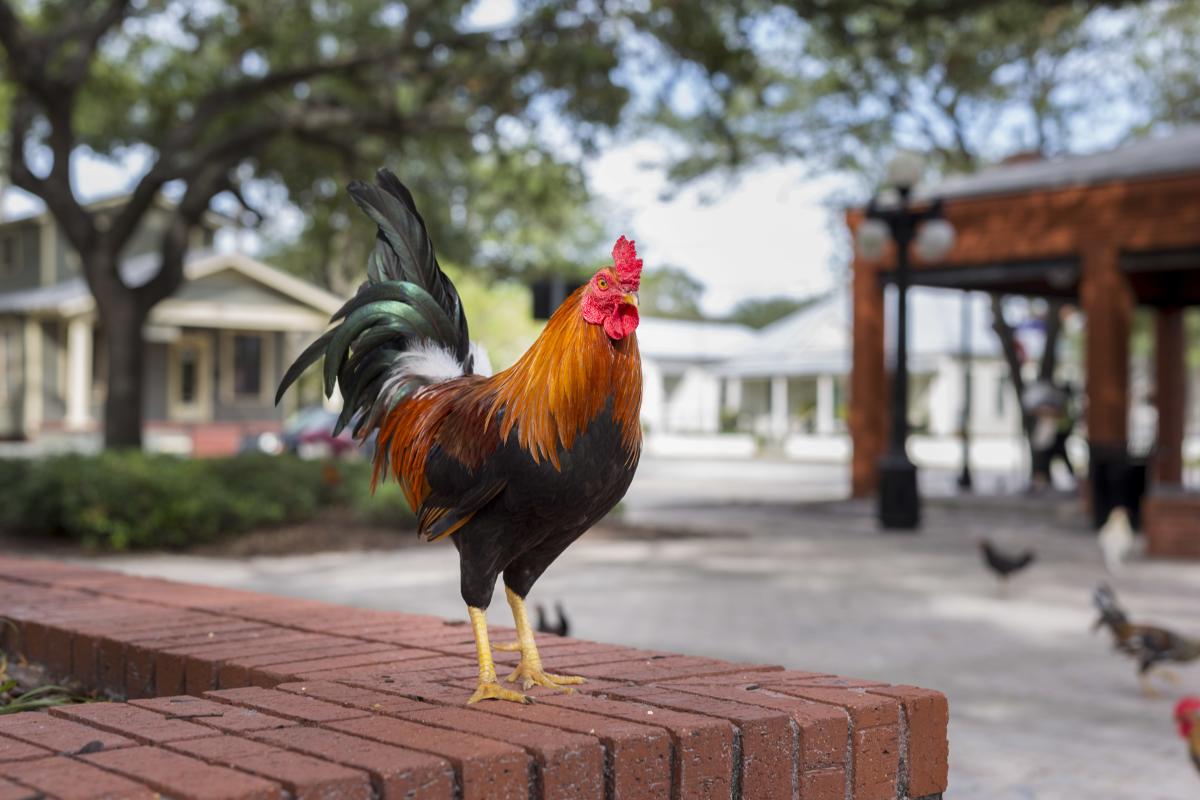
:max_bytes(150000):strip_icc()/GettyImages-697224578-5b0ebad38e1b6e003e9b3036.jpg)
I have never been to Florida, so I know very little about the state and it's cities, so let's explore the Tampa Bay region in the latest instalment of...
Spanish explorer Ponce de Leon first arrived in the Tampa Bay area in 1513, but it wasn't until after the territory became part of the United States in 1845 that the development of the Tampa Bay region began.

Safety Harbor Resort and Spa, the state’s only natural mineral spa resort, is referred to as the place where “healing waters flow.” Since opening in 1925, visitors claim that soaking in the waters have healed various ailments and diseases. Joint and muscle related problems often ease up due to the rich mineral content which includes silica. In 1539 Hernando de Soto discovered these natural mineral waters. He believed them to be the fountain of youth missed by Ponce de Leon. He named these springs “Espiritu Santo Springs” which translates to “Springs of the Holy Spirit.”

In the 1880s Cuban cigar magnate Vicente Martinez Ybor moved his operations from Key West to a patch of scrub just east of downtown close to the port. Henry B. Plant’s newly arrived railroad carried Ybor’s cigars to market in New York and beyond. Soon Tampa Bay had grown from a tiny town to a major metropolis and became a magnet for Cuban, Spanish, German, Italian and Jewish immigrants. At its peak, Tampa Bay produced 500 million cigars a year, earning the nickname Cigar City. You'll still find Cuban masters rolling hand-made cigars in Ybor City just like they have since that first one in 1886.

One of the craziest facts about Tampa is that summers here often come with intense storms! For that reason, the city is often referred to as The Lightning Capital of the World. Want to know another peculiar fact? The state of Florida averages 10 deaths annually from lightning strikes. Even more curiously, only 10% of those struck by lightning die.

As the story goes, Hank Ballard, the man who wrote the song Chubby Checker turned into a smash hit, was inspired by seeing African American teen-agers dancing on Central Avenue during its heyday in the 1950s. "The Twist" was the B-side of its record, but quickly became a national sensation when Checker performed it on "American Bandstand." And a dance craze was born. Check out Perry Harvey Sr. Park to learn more. You’ll find a sculpture memorializing Ballard and “The Twist” at the entrance to Perry Harvey Sr. Park.

Pre-fabricated housing started in Ybor City. Ever the efficiency expert, Don Vicente Ybor needed a quick way to house the throngs of cigar workers pouring into Tampa Bay. He ordered small, simple homes ("casitas") that could arrive by train partially built and be assembled in about a week. Workers had the monthly mortgage deducted directly from their pay. You can still see some of the original casitas when you visit the Ybor City Museum State Park.

You can visit Cuba without a passport. For more than 50 years, José Martí Park in Ybor City was the only piece of Cuban-owned property in the United States. The park, which is protected by international treaty, still belongs to the Cuban people. Pass through its gates, and you’re standing on Cuban soil. The park commemorates Cuban poet and revolutionary Jose Marti who survived an assassination attempt in Tampa Bay. Marti found both moral and financial support for his rebellion among Tampa Bay's wealthy cigar workers.

The world's biggest pirate invasion happens every January, when the upstanding residents of Tampa Bay go slightly nuts and become pirates for the day. Led by the spirit of mythical pirate José Gaspar, members of Ye Mystic Krewe of Gasparilla sail their three-masted caravel, the José Gasparilla, into downtown, guns blazing. The invaders hustle the mayor for the key to the city and, having received it, launch the third-biggest parade in the country along Tampa Bay's showcase Bayshore Boulevard. The parade kicks off two months of parties, parades and festivals that make up Gasparilla Season.

Step off the TECO Historic Streetcar near Ybor City's Centennial Park, and there's a good chance the first sound to greet your ears will be "cock-a-doodle-doo!" It won't take long to find the source -- wild chickens strutting their stuff in Ybor City's streets and parks. They are the descendants of the flocks kept as backyard egg-layers and Sunday night dinners by generations of Ybor City residents, a direct link back to the earliest days of the neighborhood. Take all the photos you want, but please leave the birds in peace: They're protected by city ordinance.





